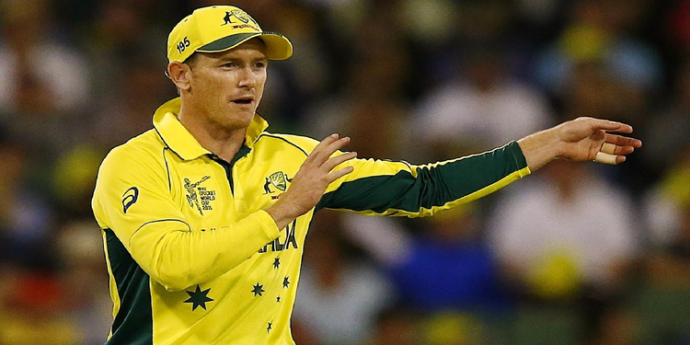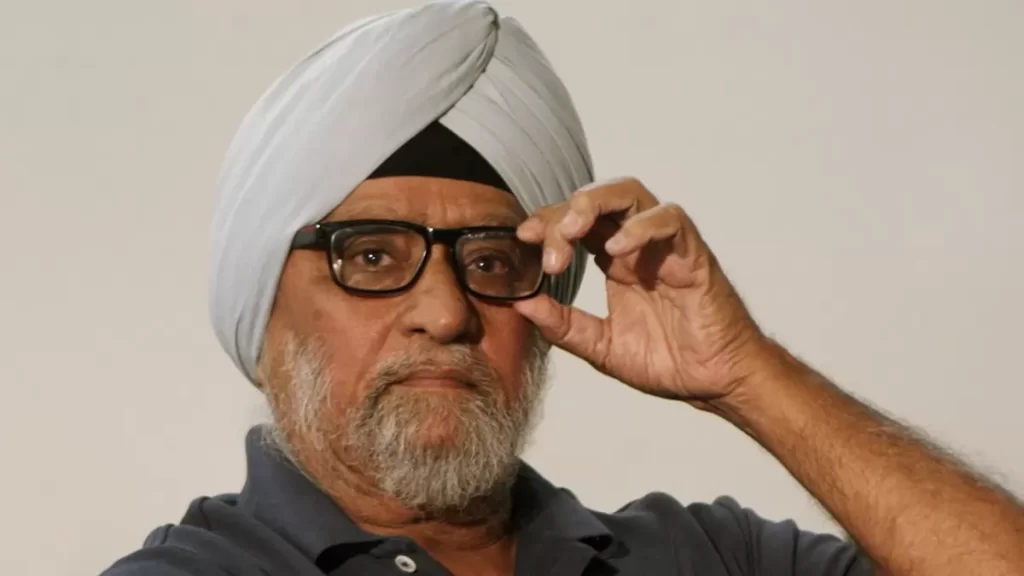The Importance of Context in Bilateral ODIs, According to Cricket Australia Chief

The leaders at Cricket Australia believe that One Day International (ODI) matches still have a significant role in international men’s cricket. They emphasize the need for context in bilateral fixtures.
Recently, there has been a lot of discussion about the 50-over format, especially during the ongoing World Cup. While there have been some concerns about low attendance and a lack of close games, there have also been exciting outcomes, like Afghanistan defeating England and Pakistan, and Netherlands winning against a strong South Africa.
With an increasingly crowded cricket calendar, dominated by T20 franchise leagues, there’s a growing idea that ODI cricket, particularly at the bilateral level, might be squeezed. This issue is expected to be discussed during the upcoming ICC meeting in India next month.
The 2027 ODI World Cup is set to be jointly hosted by South Africa, Zimbabwe, and Namibia, while the 2031 edition will be staged by India and Bangladesh. Additionally, a Champions Trophy is scheduled to be held in Pakistan in 2025.
Qualification for the current World Cup in India was determined by the ODI Super League, giving bilateral series added significance, but that system has been discontinued after one cycle.
Cricket Australia’s CEO, Nick Hockley, emphasized the importance of context in these bilateral series and cited the success of the World Test Championship and the qualification process for the current World Cup as examples. Discussions on creating more context in bilateral series are planned when the ICC meets in India.
Bilateral T20I series may gain more context in the future as Olympic qualification is likely to be linked to rankings.
Australia is scheduled to play three men’s ODIs in their upcoming summer and a similar number is expected for future seasons. Mike Baird, the CA chair, believes that performances like Glenn Maxwell’s quick century in a T20 match demonstrate how T20 cricket can keep the one-day format relevant.
Both Cricket Australia and players are aware of the evolving landscape, particularly regarding white-ball cricketers’ contracts. Players are being put on multi-year deals, and there is a mechanism in contracts that allows players to be docked a percentage of their earnings if they choose to play in overseas tournaments during the domestic season. This approach is designed to encourage dialogue and mutually satisfactory outcomes.
Despite reporting a loss of nearly AUD$17 million for the last financial year, Cricket Australia remains confident in its financial outlook. The upcoming year is expected to be another loss-making year, with Pakistan and West Indies touring Australia. However, two big-earning seasons with Test series against India and England in 2024-25 and 2025-26 are anticipated to be financially positive for the organization.
“It’s part of the cycle … these [past] 12 months is the difficult period,” Baird said. “But we’re certainly very confident on where we’re going … over the next two or three years, the forecasts are really strong.”
READ MORE:
Caleb Williams Decides to Stick with USC Despite Playoff Setback
Country’s Best One-Loss Team According to One College Football Analyst
Kirk Herbstreit’s Son Chase Herbstreit’s Skillful Junior Season Highlights Going Viral












